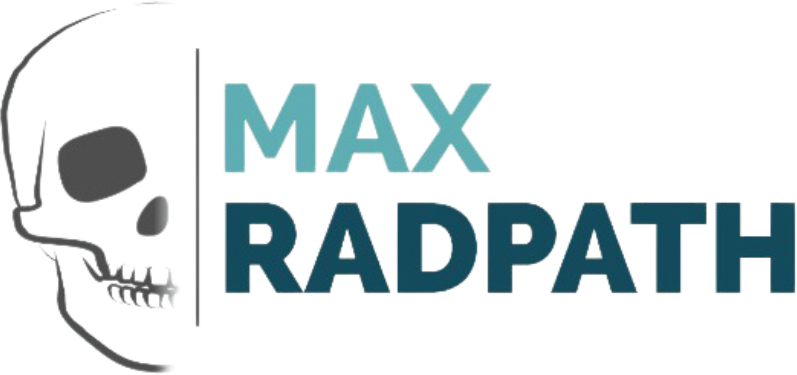Meet the doctor
Dr. Dharia is a dual-trained and licensed Oral & Maxillofacial Radiologist and Pathologist. He is a Diplomate and Fellow of the Academy of Oral & Maxillofacial Pathology and is Board Certified in the same. Dr. Dharia was the recipient of the 2018 Dentsply Rinn award for his poster “The Oral Radiologists role in Dental Malpractice” from the American Academy of Oral and Maxillofacial Radiology. He has held numerous committee positions in the AAOMR and remains active in many organizations including the American Dental Association, Texas Dental Association, American Academy of Oral and Maxillofacial Radiology/Pathology, etc.
Dr. Dharia has a large interest in technological advances in Radiology and Pathology (bringing CBCT and pathological specimens into virtual reality) and previously was heavily involved in a 3-D printing service at UCLA. He is concurrently co-authoring a manual for Stomatology/Oral Medicine students.
Dr. Dharia was born in Texas and holds a Texas State Dental License.

Our Vision
Our vision has always been to provide the best possible care for patients, and we've made this possible by having all cases seen by a dual-trained Radiologist and Pathologist. This is to strive for the highest level of accuracy with the lowest level of miscommunication. From the second your patient sits in your chair, you are evaluating them extraorally followed by an intraoral examination looking for findings that deviate from normal. Although these findings vary, a well thought out differential diagnosis assists in narrowing down the possibilities of the process. When you take an image, it is a pathological process occurring on an image, caught in real-time. When the patient requires a biopsy, a sample of that biologic process is removed to be further evaluated. When a biopsy is taken, it is important to understand biopsy techniques including ideal locations for the biopsy to obtain the most representative location of the process occurring. This strengthens the chance that the representative pathological process will be displayed on a slide, and will lead to an accurate diagnosis. When this entire process is streamlined and performed with minimal error in a timely manner, accuracy in diagnosis is maximized and this is what helps minimize complications including delayed treatment for patients.
